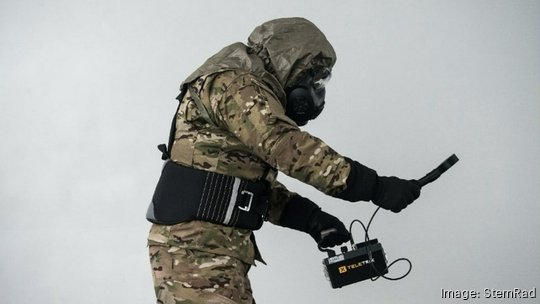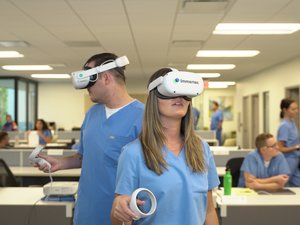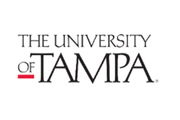
Tampa-based StemRad has closed a $4.5 million contract deal to manufacture hundreds of its protective belts for U.S. National Guard soldiers and airmen.
It's the first contract of its kind for the company — one that has taken nearly five years to complete — and it means the demand for StemRad's tech is building, particularly as geopolitical tensions grow. StemRad now has a commercially viable product and a first-mover advantage in the protective equipment market, CEO Oren Milstein said.
"It was a nail-biting experience where until you get the [purchase order], you really never know," Milstein said. "Getting it was a huge relief. And then seeing the product being pumped out of our factory. The beauty of it. I've never [seen] so many of them in one room."
StemRad has an array of devices that protect against hazardous gamma radiation during, for example, the fallout of a nuclear blast. The contracted belts shield the hip and pelvic region, which are rich in stem cell organs, reducing the probability of cancer and death by limiting the gamma radiation exposed to the biologically rich area, according to a release.
Other devices, like the standard lead vests worn during an X-ray, are clunky and heavy, and most only protect against low doses of gamma radiation, Milstein said. StemRad's belts are different; they protect against high doses of gamma radiation exposure while allowing its wearer to function.
"The implication for the troops is that now they are going to be a lot safer when it comes to nuclear events," Milstein said.
The National Guard sought the devices to protect and improve soldier training in these crises. The StemRad belts are intended to be used after radiological incidents, like a dirty bomb or a nuclear reactor meltdown.
Improved gamma radiation protection has been needed since the Fukushima nuclear disaster in 2011, and the case for radiation protective devices has only grown as geopolitical tensions rise with the Israel-Hamas War and the Russian-Ukrainian War, Milstein said.
"Whatever the case, having the ability to address the crisis in a fast and efficient manner by our first responders will serve to minimize any consequences due to an incident," Milstein said. "That's the purpose of the product right now."
StemRad hasn't seen a direct competitor yet for its specific protective product. Now that its product has been validated through the sale, the company can focus on what's next: maintaining its early entrance to the market, securing more deals, seeking external investment and expanding its offering of protective devices for other markets like space exploration.








